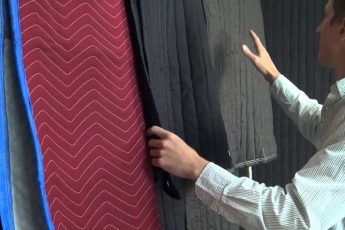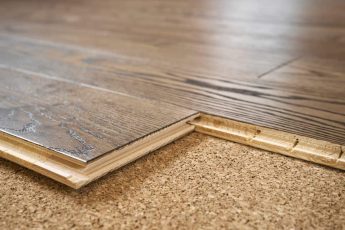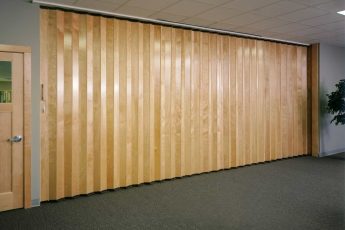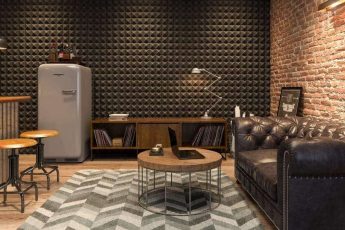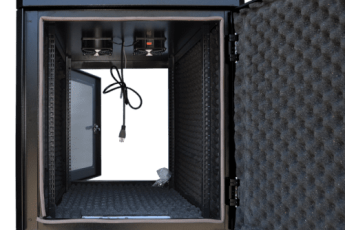If you’re wondering how to stop wind blowing down your chimney, there are a few different options you can try. There are sound dampening blankets, Chimney caps, chimney balloons, and even lobster back chimney cowls. Read on to find out how to get these protections.
Sound dampening blankets
Sound dampening blankets are an affordable way to block sound. While they won’t completely block the sound, they can reduce it by up to 80%. This is because these blankets are made of materials that are sound-absorbing. However, the thickness and stitching of the blankets play a role in their effectiveness.
A sound-dampening blanket can be used to protect your home from wind noise from your chimney. However, these blankets are unsightly and bulky. Using them is a temporary measure that will require periodic inflation. In addition, these blankets can only prevent the wind from blowing down a chimney if you do not use it every day.
Another solution is to use a chimney cap. Though this method works well for many people, it’s difficult to install and should only be used when you’re not using your fireplace. However, if you’d prefer a less expensive option, then blankets can be used to cover your fireplace. These blankets create a shield that prevents wind from blowing down your chimney.
A sound-dampening blanket for your chimney can be purchased from a local store. It will block noise from your chimney and is inexpensive. This blanket will keep warm air in and cold air out and reduce noise from the wind.
Chimney caps
If you have a fireplace, you may want to consider installing a chimney cap. It is an affordable way to protect your chimney and your home from the cold winter wind. Without one, winter winds can channel down your chimney and cause a mess inside your home. By installing a chimney cap, you can reduce the amount of wind you have to deal with and lower your overall heating and cooling bill.
There are several types of chimney cowls and caps available. Some are cheaper than others. Some have a rotating system that moves with the wind and can block the flow of air. Other types have a solid, metal construction that keeps out rain and small animals. Chimney cowls and caps will reduce the noise from the wind blowing down your chimney, while keeping out rain and other unwanted debris.
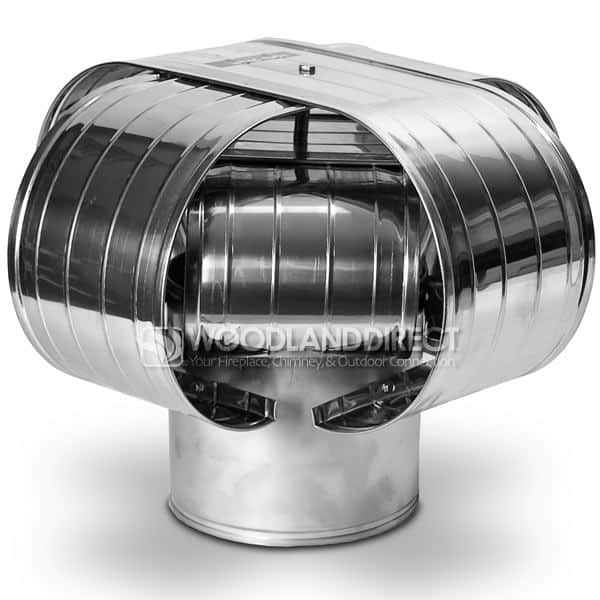
If you plan to purchase a chimney cap, you should carefully measure your chimney to ensure that it fits properly. You’ll need to measure the inside and outside of the chimney, as well as the height of the tallest flue. Most of these chimney caps have support systems, but you can also purchase ones that slide into the chimney without the help of a support system.
While a chimney cap should reduce the amount of wind you have to deal with, some are better than others. Wind-directional chimney caps are great for homes with draft-heavy fireplaces and wind-driven downdrafts. These chimney caps also make it easier for the fireplace to vent by forcing smoke upwards.
Chimney balloons
There are many different methods to stop wind from blowing down your chimney. The first way is to use a chimney cap. This type of cap covers the entire chimney and blocks the wind completely. It works like double glazing. Its thin trilaminate plastic layers sandwich air between them. The air inside them blocks the wind noise, making the whole process more quiet.
Another way to stop wind is to install a chimney balloon. These are a great option, but they can easily pop after a couple of days. People have also complained about mold and dampness in their homes after using these chimney balloons. It may be better to buy a chimney plug instead.
You can also buy plastic balloons that you blow into the chimney with your mouth. These are simple to install and remove, and can be inflated with a low-pressure pump or mouth. You should only use one chimney balloon per chimney, and you will need to re-inflate it periodically.
While a chimney balloon may not be completely effective in stopping wind noise, it is a simple and inexpensive method. They help prevent excessive wind from blowing down the chimney and keep warm air in. In addition, they also keep the cold air out.
Lobster Back chimney cowls
Putting a chimney cowl on your home is a great way to prevent the wind from blowing down the chimney. These devices work by rotating to the direction of the wind and keeping it out of the chimney. They also help prevent small animals from entering the chimney and causing unpleasant noises. They can also be a great way to reduce temperature leakage. A chimney cowl can cost from two hundred to four hundred dollars, and can look great on your chimney.
A lobster back chimney cowl has a unique design that allows the wind to blow in the opposite direction of the chimney. This design gives the cowl its name, as it turns 180 degrees to block the wind from coming down the chimney. There are also other types of cowls that rotate or spin. The type of cowl that is right for your chimney will depend on the size of the chimney.
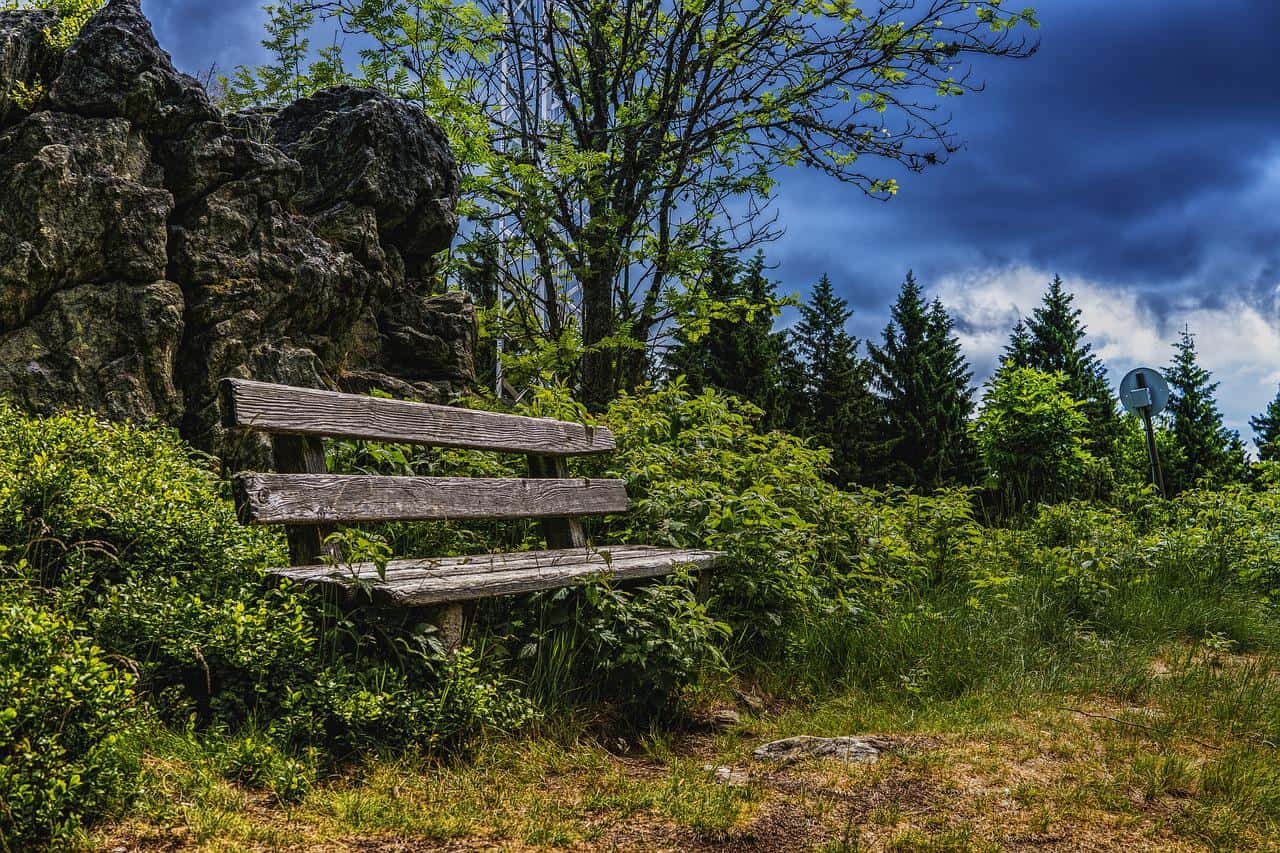
One of the most important factors to consider when choosing a chimney cowl is the quality. A quality cowl should last a long time. A cheaper version may not perform as well as it should and may have to be replaced in a short period of time.
While these devices are not ideal for every home, they can be a good solution for some people. Many people use them in the summer months because they prevent wind from rushing down the chimney. The best way to choose the best one for your chimney is to follow the instructions provided by the manufacturer. Remember that you must never over-inflate these devices.
Windmaster chimney cowls
Chimney cowls help prevent the wind from blowing down the chimney. They protect the top of the chimney from animals, water, and debris. A chimney cowl can also prevent damage to the walls and ceilings surrounding the chimney. Although cowls are not inexpensive, they are durable and should last a long time.
Chimneys are an attractive addition to many homes. But there are times when they cause problems. Brewer Cowls stocks the Peacemaker, which is a noise reducing mat that can be placed over an existing chimney cowl. This will help reduce the annoying sounds caused by birds and rain.
Windmaster chimney cowls are available in a variety of shapes and sizes. Some of them have lobster back designs that turn to face the wind. Other types rotate or spin to prevent wind from entering the chimney. The cowls will not only stop wind from blowing down the chimney, but will also keep smoke from blowing back into the house.
Aside from preventing the wind from blowing down the chimney, these cowls can protect birds from getting into the chimney. They come in a variety of colours and are suitable for gas, solid, and multi-fuel chimneys. In addition, you can get chimney cowls that blend in with your surroundings. These cowls will also ensure that your chimney gets adequate ventilation.
Top-sealing dampers
A top-sealing damper sits on top of your chimney and does the same thing an interior damper system does: it prevents wind and rain from entering your home. These dampers are also designed to keep critters out and keep your home warm.
The damper is located in two places: at the top and bottom of the chimney, and is typically regulated by a screw or rod. It helps prevent wind and other pollutants from blowing down the chimney and into the firebox. Top-sealing dampers, on the other hand, use a chain to open and close.

Top-sealing dampers are usually made of stainless steel, and clamp onto the top of the flue. They have a spring-loaded “door” on the top that opens when the firebox is in use, and they’re connected to a stainless steel cable or chain. To open and close them, you pull or hook the cable on a peg inside the firebox.
Top-sealing dampers are a convenient and effective way to keep your fireplace warm and prevent water from entering the fireplace. This kind of damper also prevents wind and animals from entering the chimney and causing damage. Compared to a throat-mount damper, top-sealing dampers are more durable and energy-efficient.
Top-sealing dampers are a great way to save energy and money. Unlike the throat dampers that are used for fireplaces, these dampers close completely when the fire is out. Top-sealing dampers also seal off cold air from entering the home.

